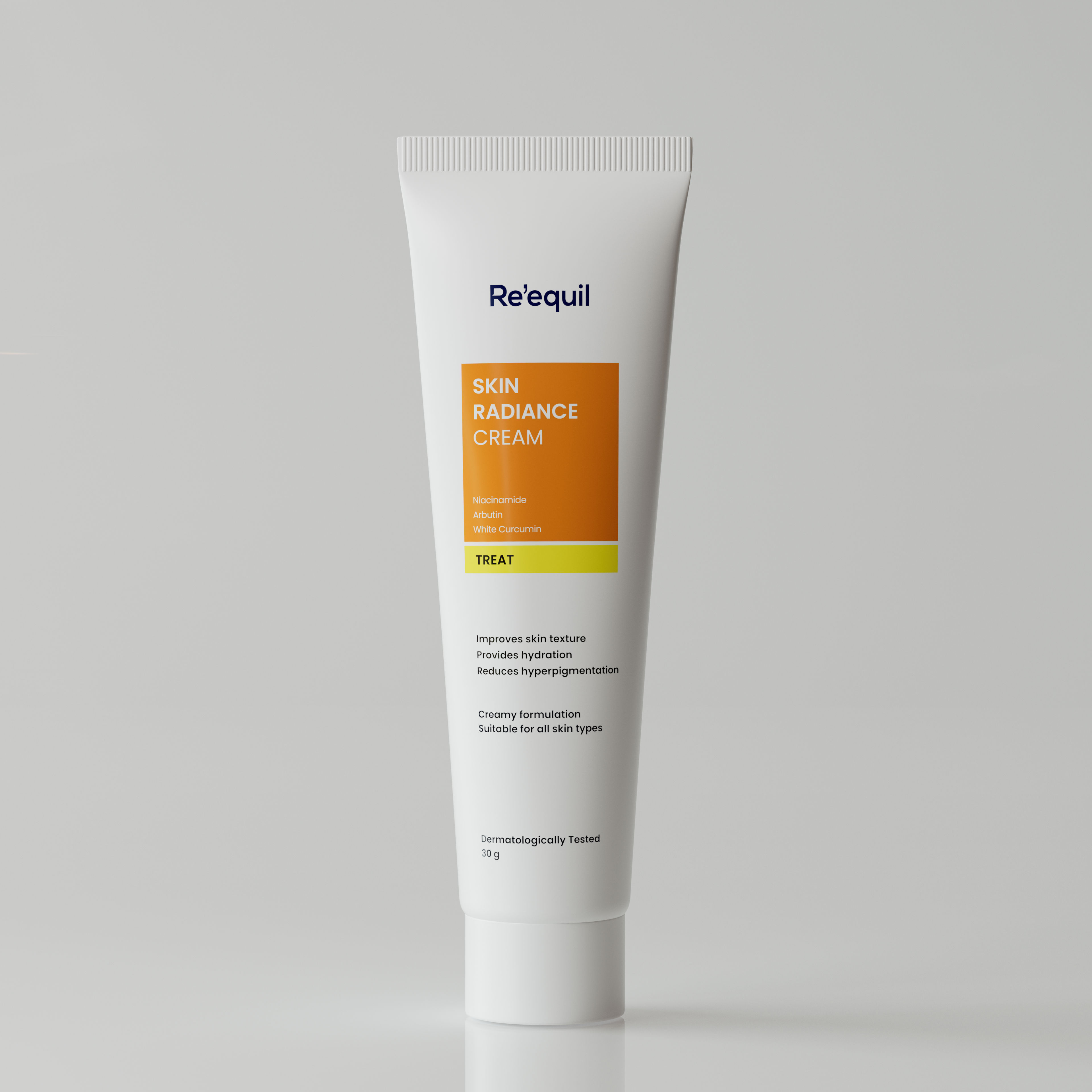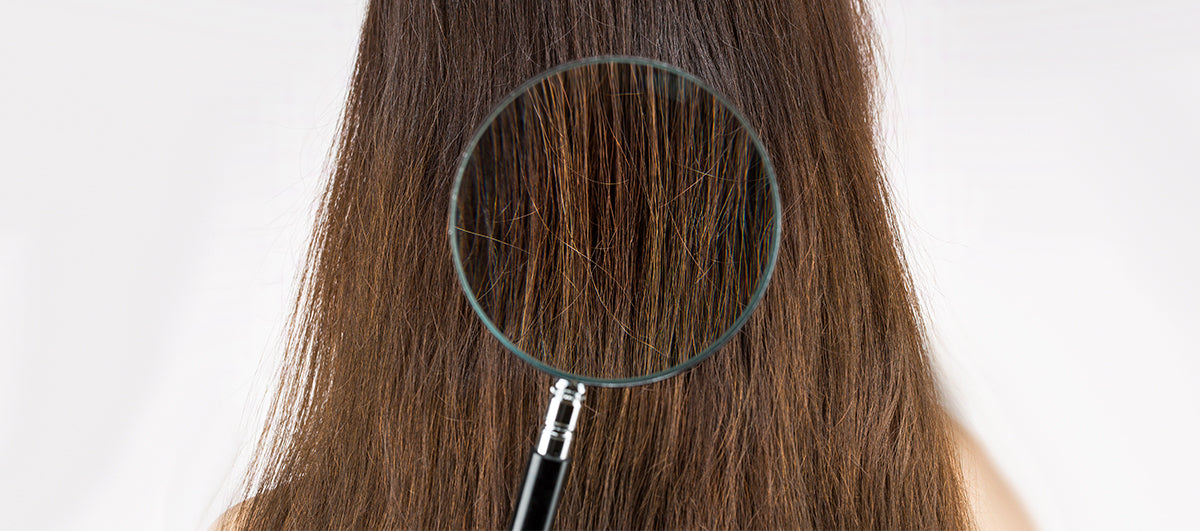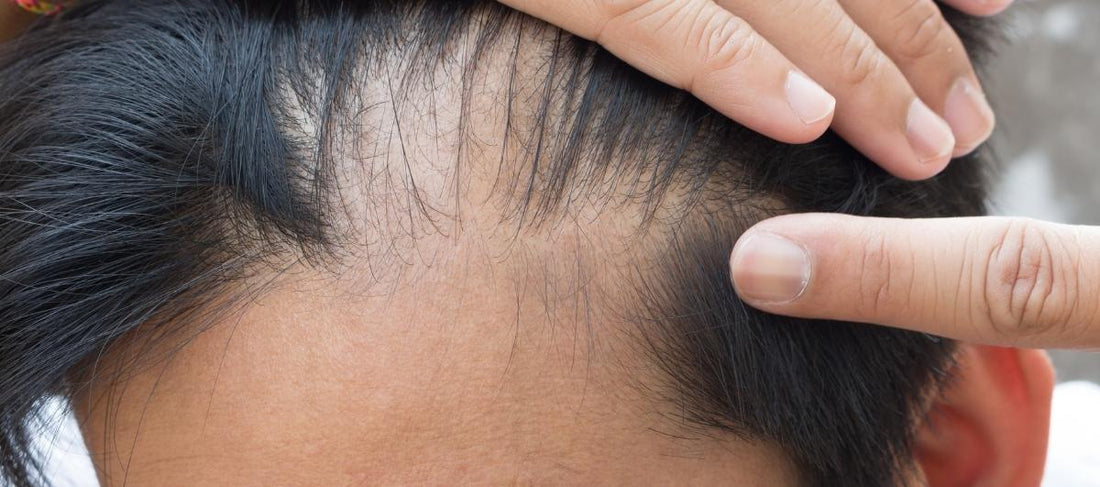Ever wonder why your hair is either dry and frizzy or lacking bounce?
Despite trying numerous hair products, your efforts for healthy, luscious locks often fall flat?
The key could be understanding your hair’s porosity.
By knowing this, you can customise your hair care routine and prevent unintentional damage.
Once you understand your hair’s porosity, you'll know exactly how to care for it—whether to add moisture or adjust your regimen accordingly.
What exactly is Hair Porosity?
To understand the hair porosity means to know the ability of your hair strands to soak, hold and retain moisture.
Hair is essentially made up of three layers, here are they
1. The Cuticles
These form the outermost layer of your hair.
Cuticles are strong and protective in nature. The cuticles are like shingles overlapping over one another acting as a passage for water and moisture into the next layer of the hair.
2. The cortex
This keratinized (protein-rich) layer is next to cuticles and is the thickest layer of all. It provides pigmentation and colour to the hair.
3. The medulla
This is the innermost layer of the hair strand and is very soft and fragile.
For healthy, luscious hair, cuticles need to be evenly spaced to allow hydration—like water, oils, and moisturisers—to penetrate the cortex.
When cuticles are unevenly spaced, hair struggles to retain moisture, leaving it dry, rough, and frizzy.
Your hair’s porosity is directly related to this cuticle spacing.
Low vs high—types of hair porosity
Hair’s porosity level is of three types depending upon how far or close the cuticles overlap. Let’s know more.
1. Low porosity hair
When the cuticles overlay over one another, and hardly provide any space for the hydrating components to percolate into the cortex, this is when your hair repels moisture.
- Can develop build-up causing dandruff
- Difficult to dry your hair after washing
- Hair can get tangled easily
2. Medium/normal porosity hair
In medium porosity hair, the cuticles are spaced just right, allowing water and hydrating ingredients to easily penetrate the cortex.
- Have a glossy look.
- Reacts better with bleaching and colourants
- Hold styling for long duration
3. High porosity hair
In this case, cuticles are spaced far away and this makes them gain as well as lose the moisture quickly.
- Hair look frizzy and rough
- Dull due to lack of moisture
- Dry up quickly
Knowing and understanding the level of hair porosity can effectively help you in taking better care for your hair
How to determine hair porosity?
1. Floating test
- Take a strand of dry and clean hair.
- Take a glass of water and put the hair strand in it.
- If it floats on the surface, this indicates low porosity.
- If it stays in the middle of the glass, it signifies medium/normal porosity
- If it settles at the bottom of the glass, it has high porosity.
2. Spray test
- On a very small section of your dry hair, spray some water using a spray bottle.
- Observe closely.
- If water beads stay on your hair, your hair has low porosity.
- If hair quickly absorbs water, you definitely have high porosity hair.
- If it takes a few minutes to absorb it, your hair has medium/normal porosity.
Hair-care tips for low porosity hair
1. Hair steaming can be your best friend
Cuticles in such low porosity are tightly packed and this leads to difficulty in absorption of moisture.
For this, you can steam heat your hair before washing them.
Steaming helps in opening the cuticles and promotes better hydration.
Another important benefit of steaming is when you steam your hair before applying conditioners.
This will reduce the build-up from products and soak in more moisture.
2. Avoid using heavy butters and oils
Heavy butters and oils can weigh your hair pretty down and since they cannot be absorbed by hair much, there are chances of product build up.
So try opting lighter butters and oils if you have low porosity hair.
Murumuru butter can be a great choice for such hair.
They can help in adding gloss and also improving elasticity of your hair.
3. Do not overdo proteins
Low porosity hair already has the hair structure that has a lot of keratin or protein making them sensitive to proteins.
Therefore it generally does not go well with protein-based products. Try using the ones that are protein-free and have rich ingredients such as babassu oil.
Hair-care tips for high porosity hair
1. Add protein treatment to your hair-care regimen
Hair products loaded with proteins can work like magic on your high porosity hair.
Due to the large number of pores, high porosity hair is more prone to breaking.
Incorporating protein hair-care can help protect your hair. It also aids in sealing moisture.
You can always use Re’equil’s Murumuru damage repair hair conditioner which is loaded with protein and is absolutely silicone-free.
2. Look for moisture sealing components
Retaining moisture can be a great challenge for high porosity hair.
Leave-in conditioners that are protein-based to lock in the moisture content can absolutely work for you.
Consider avoiding humectants that have high-concentration of honey, butters and oils.
Ceramides also help in holding moisture and are actually great for highly porous hair.
A balanced amount of these ingredients is highly recommended. Regular use of hair masks enriched with Ceramides and amino acids will nourish, moisturise, and repair your hair.
3. Take a break from heat styling tools and colour treatments
Being highly porous, your hair might be harmed with excessive or even regular exposure to heating tools and of course, colour treatments.
Even trichologists advise to limit and take break from such exposures that can damage your hair to the core.
Handful tips for medium hair porosity
If you have hair with medium/normal porosity, it can retain a sufficient amount of moisture.
But sometimes this porosity level can change with certain habits of your daily regimen.
Here’s how you can maintain your medium porosity hair generously.
1. Do not under-do or overdo everything
To create a balance, and keep your hair at a good level of porosity, you must not overdo as well as under do anything.
You should not use protein-based products daily in your hair-care routine as this can increase the porosity.
But on the flip-side, do add conditioners, masks containing proteins periodically to keep-up the nourishment.
2. Use lightweight products, try hydrating and moisturising conditioners
To avoid the alteration in your hair porosity levels, you should keep your hair hydrated and moisturised with conditioners that are lightweight.
Wrapping up
Hair care can be quite a handful of tasks if you do not know much about the type of hair you carry.
Knowing your hair’s porosity can actually help you in getting the locks you have been wishing for from so long!
You can easily update your wash care routine once you have determined your hair porosity level. Why wait when you can start it right away.

















